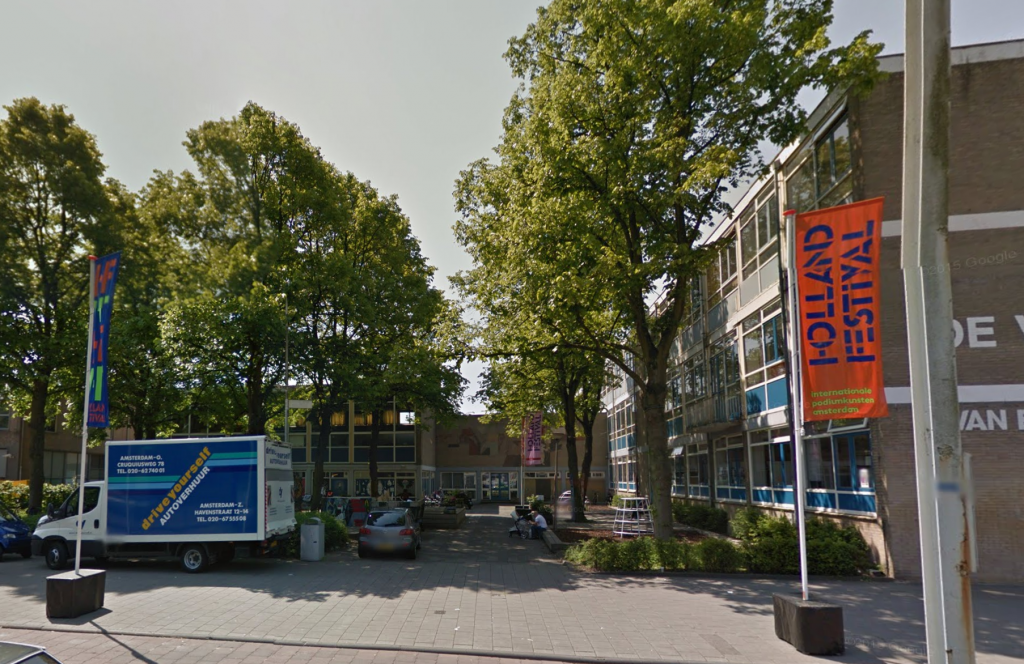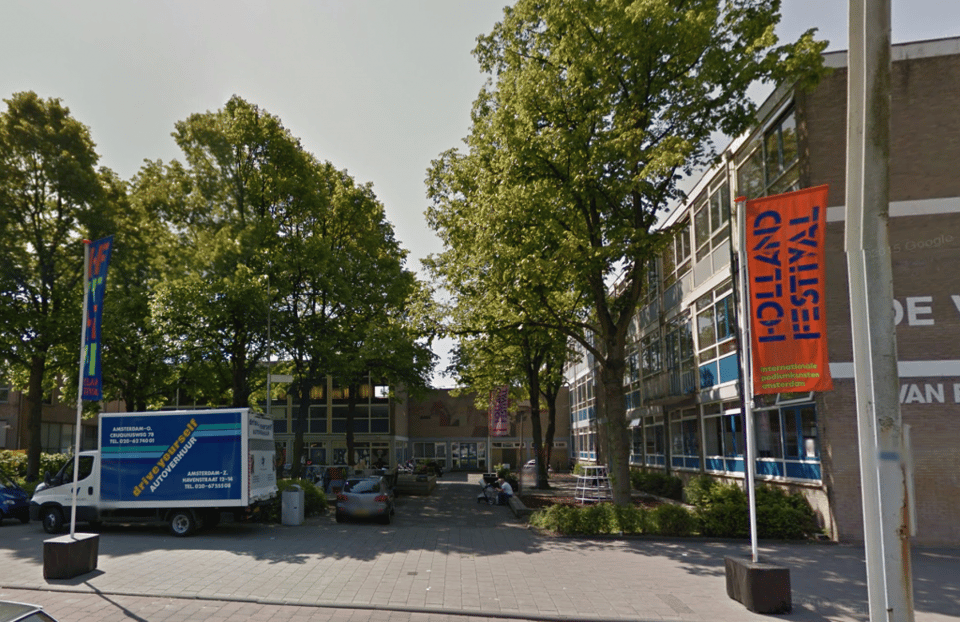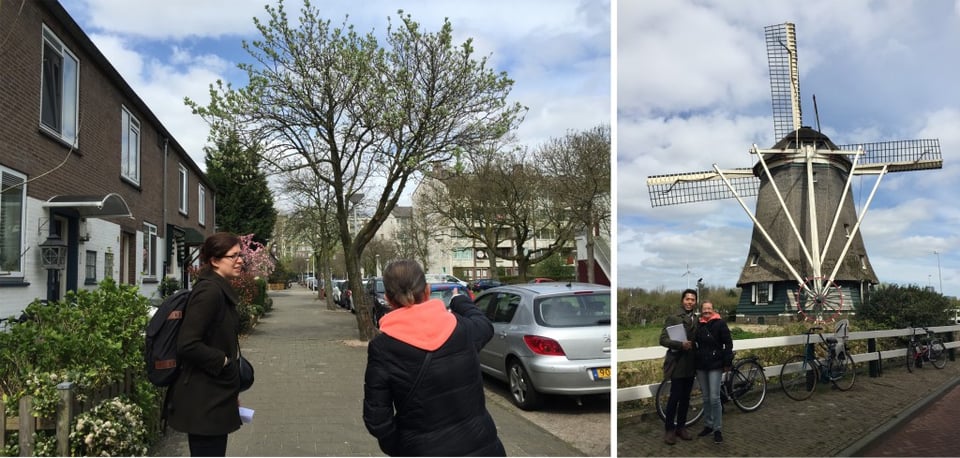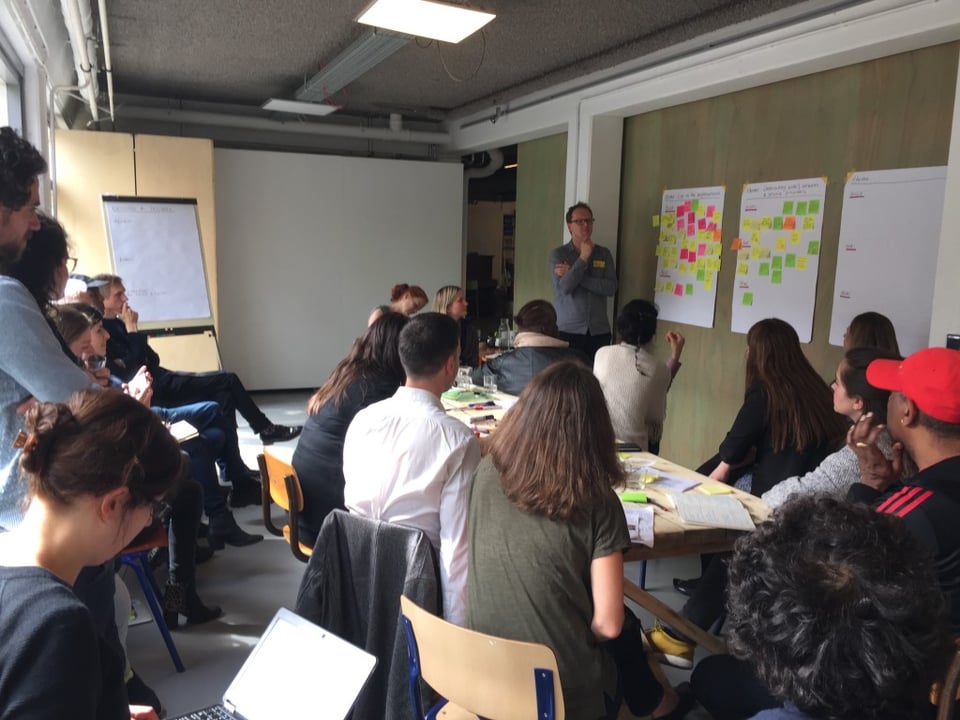The pulse of the city

In April 2016 I had the opportunity to attend the Design & The City event in Amsterdam. It was a 4-day event with local universities, agencies and municipalities hosting talks and workshops across the city. The main conference saw a number of interesting projects presented and it was refreshing to hear about the different design approaches, methods and learnings shared by the amazing lineup of speakers.
On the second day of the conference, I attended the ‘Smart enough for Smart City’ workshop hosted by Thijs van Exel and Tessa de Geus from Kennisland, a firm that strives for social innovation to empower a smarter society. What drew me to this particular workshop was the proposal to “...re-evaluate the role of the (metropolitan) government & service providers, and qualitatively research how ‘unusual suspects’ deal with urban challenges on a daily basis.”
Unlike other workshops which seemed to have chosen locations near the centre of Amsterdam, this workshop asked participants to make their way to the Westside Slotermeer, a cafe/community centre situated in the neighborhood of Slotermeer on the western outskirt of Amsterdam.
Thijs and Tessa greeted us and introduced us to Richard Gerritsen and Mario Genovesi from Creative Interventions Amsterdam – “a creative collective challenging issues of an associative character between people, with people and spaces or objects, through art and research.”
We were given a short introduction to the history of the neighbourhood and our assignment: to explore the built environment through the eyes an “unusual suspect” engaging with the neighborhood on a daily basis.
We were split into groups of two and I was paired with Caro, a Sydneysider who has been living and teaching in Amsterdam for the last 7 years. We were introduced to Henny, a representative from the local neighbourhood whom I’d describe as ‘delightfully optimistic’.
We chatted about her background before venturing into the neighbourhood, where she showed us the places where she does her shopping, pays her bills, attends community classes, and gets her nails done. She also showed us the areas around her apartment and told us why she was afraid to walk there at night. She described how she passed her time, doing “everything that God forbids” since her husband passed away, and traveling to Amsterdam centre to shop for good perfumes.
In a matter of hours, we got to know her life, her happiness and her struggles. This is where the heart and soul of Amsterdam lies. It’s the beating heart of someone trying to live a life and making ends meet.
In reflection, the process gave us a sense of the different contexts each individual deals with in their everyday life. We started the journey from the community centre (the centre of the community), expanding into one individual's experience of the community. Our perspective changed from a broad city/community view to a more personal view as we ventured deeper into Henny’s life. The challenges she voiced started to make sense and the dots connected as each layer of the neighborhood was peeled back: tangible layers like the built environment, or intangible layers like perceived security or lack of social cohesion in the neighbourhood.
When we returned to the Westside Slotermeer, we shared the insights we uncovered while Henny sat with us. As we shared, Henny added more of her own personal anecdotes and emotions. This was quite different than how we usually share insights back with our clients or project teams, which often feels removed from the reality of the situation at hand. Whereas the insights shared in the Westside Slotermeer connected and related to a real, breathing person who was sitting right next to us. It was a powerful way to share observations: while our insights were checked and expanded upon by Henny, it also allowed others in the room to connect and be empathetic to her as well. Doing this with each community participant/unusual suspect allowed us to see a cohesive network of heartbeats, giving us a holistic understanding of the neighborhood.
It was an eyeopening experience and one that I’ll return to for future projects. A big thank you again to Thijis and Tessa for organising this amazing workshop, and a special thanks to Richard and Mario who also co-hosted the workshop and helped us connect with the people living in Slotermeer. (If you’re keen to learn more about the initiatives Richard and Mario are doing in Amsterdam, please visit their Facebook page.)
How have you engaged and connected with citizens in your city or neighbourhood? I’m keen to hear the people you connected with and the stories you’ve collected. You can reach me at jono@meldstudios.com.au



